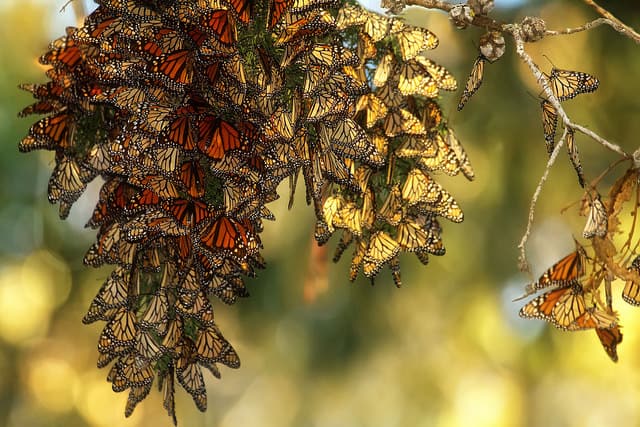Potential Role of Imported Red Fire Ants on Monarch Butterfly Populations

In 2014, the Monarch Butterfly (Danaus plexippus) was petitioned for listing under the Endangered Species Act (ESA). This came in response to 90 percent declines in the populations of Monarch Butterflies east of the Rocky Mountains over the past decade (Monarch ESA Petition 2014).
Texas plays an important role in the biology of the Monarch butterfly because it is in north Texas where a large proportion of the overwintering population migrating north from Mexico will lay their eggs each spring.
These eggs then hatch and migrate further north to form the next generations of Monarchs to reproduce and ultimately migrate south to Mexico.
The purpose of this project is to conduct a pilot study to investigate the feasibility and future directions of more intensive research on brood success among spring Monarchs in Northeast Texas. Particular attention will be paid to the role that the Red Imported Fire Ant (Solenopsis invicta) may play in reducing egg and larval survivorship in Monarch populations in this region of Texas.
To date, the project has received $10,141 in funding.


